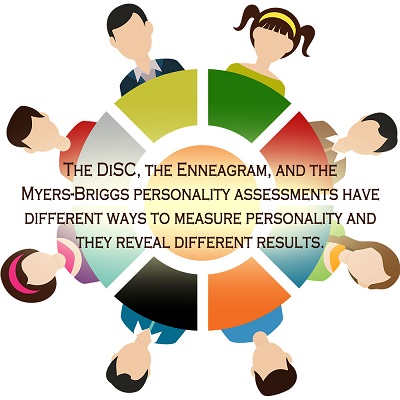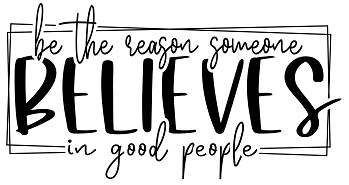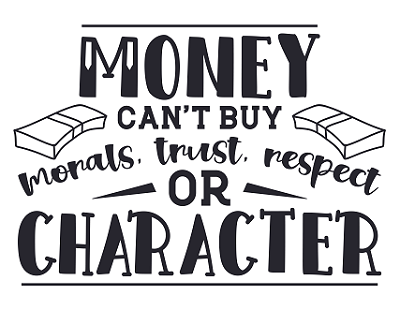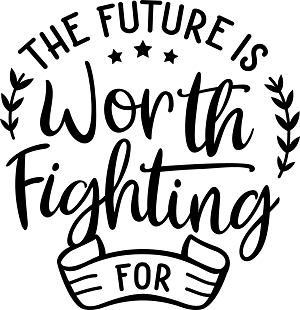 Whether you’re on the journey of self-discovery or you’re an employer looking to hire the right people for the right jobs, personality assessments can be a very handy tool.
Whether you’re on the journey of self-discovery or you’re an employer looking to hire the right people for the right jobs, personality assessments can be a very handy tool.
The DISC, the Enneagram, and the Myers-Briggs personality assessments are the three most popular ones used. They are used for understanding the personality traits of a person, particularly an individual’s strengths and weaknesses and their behavior around other people.
It’s important to understand how they work so that you will know which one will suit you as an individual or which one is right for your company. That’s because they serve varying purposes and may give you different outcomes.
The DiSC Assessment
The DiSC assessment is used to determine your dominant personality based on your behavioral expression of emotions. It uses four main personality styles.
1. Dominance – strong-willed, competitive, and results-oriented.
2. Influence – sociable, optimistic, inspiring.
3. Steadiness – patient, reliable, and warmhearted.
4. Conscientious – logical, independent, and problem-solver.
While there are four core styles, every person’s personality is a combination of those, just one is more dominant. The styles represent the differences between people. You may lean toward a specific personality style combination based on your genetics, environment, experiences, and self-awareness.
For example, you may be predominantly a D and an I, or an S and a C. Or you may be all four!
The DiSC Assessment is designed primarily for organizations, and the goal is to know how individuals will respond to different situations. It gives insights into who you are by nature and then how you adapt behaviors based on your environment.
It can help to understand a person’s motivation, self-growth, and approach to conflict resolution. Consequently, that will help build better relationships at work.
The Enneagram
While the DiSC assessment shows behavioral expressions, the Enneagram looks into a person’s deepest motivations and fears that influence their life views and core beliefs. The Enneagram uses three core values.
1. Head (Intellectual) – rational thinking, ideas
2. Heart (Emotional) – empathy, positive or negative feelings
3. Mind (Instinctual) – gut feeling, social belonging
The combinations of these three core values form the nine Enneagram personality types.
While the DiSC looks into both nature and nurture, the Enneagram’s theory is that nurture explains how people interact with others, view the world, and behave.
The nine personality types are as follows:
1. Reformer – principled, perfectionist, purposeful
2. Helper – generous, genuine
3. Achiever – hardworking, success-driven
4. Individualist – creative, temperamental, strong sense of identity
5. Investigator – logical, smart, perceptive
6. Loyalist – devoted, responsible
7. Enthusiast – playful, optimistic, distracted
8. Challenger – self-confident, dominating, bold
9. Peacemaker – easy-going, agreeable
The Enneagram identifies the dominant personality you have, plus two additional personality types called ‘wings.’ For example, you may be dominantly an Achiever, but your wings may show that you are also a Helper and Loyalist.
The Myers-Briggs (MBTI)
While the Enneagram favors nurture, the Myers-Briggs personality assessment is based on the theory that your nature is what influences how you perceive the world and interact with others. In other words, it tells you who you are by nature.
The Myers-Briggs personality typing has four main categories:
1. Introversion (I) or Extraversion (E)
2. Sensing (S) or Intuition (N)
3. Thinking (T) or Feeling (F)
4. Judging (J) or Perceiving (P)
In each dichotomy, you lean toward either of the personality types, which reveals your preferences. The MBTI has identified 16 combinations of these preferences that guide your behaviors and thoughts rather than your character or ability.
1. ISTJ – The Inspector
2. ISTP – The Crafter
3. ISFJ – The Protector
4. ISFP – The Artist
5. INFJ – The Advocate
6. INFP – The Mediator
7. INTJ – The Architect
8. INTP – The Thinker
9. ESTP – The Persuader
10. ESTJ – The Director
11. ESFP – The Performer
12. ESFJ – The Caregiver
13. ENFP – The Champion
14. ENFJ – The Giver
15. ENTP – The Debater
16. ENTJ – The Commander
The Myers-Briggs is used to identify a person’s strengths and weaknesses, likes and dislikes, and compatibility with others. Understanding your own personality can help you make better career choices and pursue a profession that suits you and makes you feel fulfilled.
In Summary
The DiSC, the Enneagram, and the Myers-Briggs personality assessments have different ways to measure personality and they reveal different results. They also differ in their theories. The Enneagram is about nurture, the MBTI is about nature, and the DiSC is the combination of nature and nurture.
Regardless of their differences, they have a common goal, which is to have a better understanding of each individual and how they best interact with others. Ultimately, the results can help build stronger teams and effective workplace culture.





